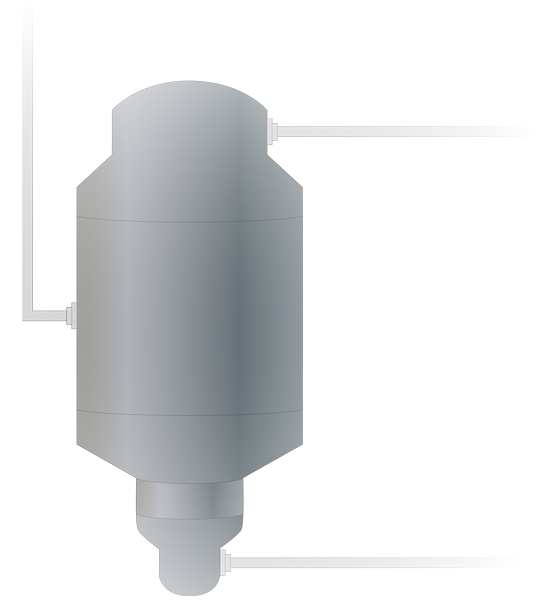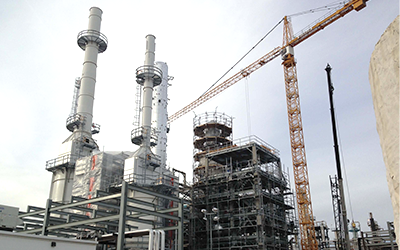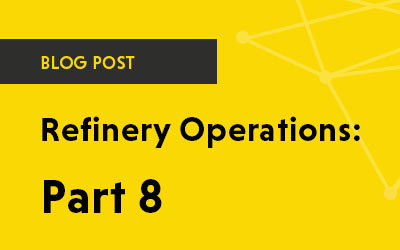Refinery
Chemical Cleaning for Vacuum Tower Fouling
The vacuum tower further separates the compounds that have a higher boiling point. These are the heavier materials from the bottom of the atmospheric tower. This includes heavy waxes and asphalt that can cause vacuum tower fouling. Fortunately, the fouling can be remediated using chemical cleaning to reduce outage time and increase performance.

Chemicals Utilized
Vacuum Tower Process
The tower is under negative pressure to decrease the temperature needed to reach a boiling point to further separate the products from the atmospheric tower. Heavier petroleum products experience thermal cracking at higher temperatures. Therefore, we use a lower boiling point temperature achieved with low pressure.
1
To start, a series of exchangers and a furnace heats the product feed. It reaches temperatures of between 750°F and 800°F before it enters the vacuum tower.
2
Then, the various boiling points within the tower sort the products into their streams.
3
Finally, the sorted streams go on to other units for further processing.
What Problems do the Vacuum Tower Cause?
Vacuum tower fouling is an issue for product quality and flow. Heavy organic solids form because the tower processes heavy crude. The product entering the tower contains refining products, as well as both organic and inorganic deposits. Heavy waxes and asphalts gather and foul the vacuum tower. In addition, the vapor space within the unit has a high level of LEL gases.

Our Chemical Cleaning Solution
Chemical cleaning is one of the most effective methods for removing fouling. But it also eliminates or removes confined space hazardous entry into the tower. As a result, chemical cleaning reduces mechanical cleaning requirements, while also reducing waste volume and outage times.
1
Dissolve Heavy Waxes, Tars and Asphalt
First, FQE® Solvent-H+ is circulated and dissolves the foulants from the interior of the tower.
2
Decontaminate Gases
Then, the neutralization of LEL vapors can begin. LEL decontamination is achieved with a steam injection of FQE LEL-Vapor.
3
Neutralize Pyrophoric Materials
At the same time, application of FQE Pyrophoric is applied. As a result, reducing iron sulfide and mitigating pyrophoric materials.



